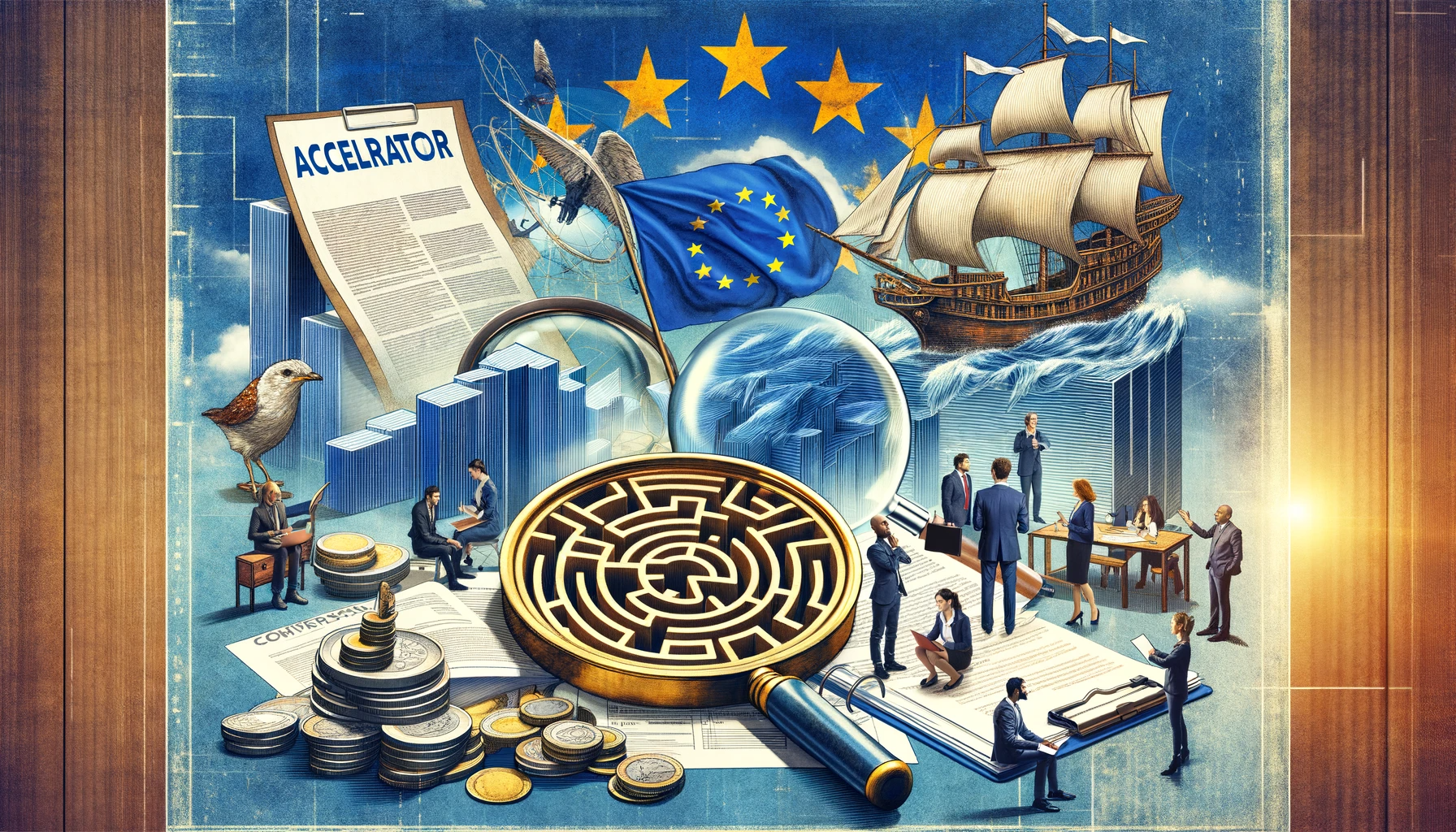The European Innovation Council (EIC) Accelerator program, a cornerstone of support for startups and Small- and Medium-Sized Enterprises (SMEs), is known for its dynamic approach to fostering innovation. However, this dynamism often translates into frequent changes in application templates and processes, leading to a challenging landscape for applicants. The constant updates, while aimed at improving the process, can inadvertently create confusion and obstacles, especially when outdated online documentation becomes a norm overnight. This article delves into the intricacies of these changes and offers insights on how applicants can stay afloat in this ever-evolving scenario.
The Challenge of Keeping Up
The primary challenge for applicants stems from the rapid pace at which the EIC updates its templates and application processes. These changes are often critical, impacting everything from the structure of the application to the criteria for evaluation. Unfortunately, the speed of these updates can outpace the dissemination of information, leaving applicants reliant on outdated online resources.
Impact on Applicants
For startups and SMEs looking to tap into the EIC Accelerator’s offerings, such as grants up to €2.5 million and equity financing up to €15 million, staying updated is crucial. The lack of current information can lead to missteps in the application process, potentially jeopardizing their chances of securing vital funding. This is particularly true for aspects like the Technology Readiness Level (TRL) assessments, pitch decks, and the overall framing of their innovation within the EIC’s criteria.
Strategies for Staying Updated
- Official EIC Channels: Regularly check the European Innovation Council and SMEs Executive Agency (EISMEA) and European Commission (EC) websites. Despite the lag in updates, these remain the primary source of accurate information.
- Networking with Peers: Engage with other applicants, consultants, and professional writers who are navigating the same process. Forums and online communities can be invaluable for sharing the latest insights.
- Hiring Expertise: Consider engaging consultants or professional grant writers who specialize in EU grants. They often have insider knowledge and can interpret the nuances of changes more effectively.
- Continual Learning: Attend EIC Accelerator workshops, webinars, and information sessions. These events can provide firsthand information from EIC representatives.
- Critical Analysis of Feedback: For those who have applied previously, analyzing the feedback from evaluators can offer clues about changing expectations and areas of focus.
Conclusion
The ever-changing landscape of the EIC Accelerator program demands agility and a proactive approach from applicants. Staying informed and adaptable is key to navigating these changes successfully. While challenging, these updates also reflect the EIC’s commitment to evolving and improving its support for groundbreaking innovations in Europe.
In closing, remember that the journey of securing EIC Accelerator funding is as dynamic as innovation itself. Embrace the challenge, stay informed, and let your innovative ideas shine through the complexities of the application process.
The articles found on Rasph.com reflect the opinions of Rasph or its respective authors and in no way reflect opinions held by the European Commission (EC) or the European Innovation Council (EIC). The provided information aims to share perspectives that are valuable and can potentially inform applicants regarding grant funding schemes such as the EIC Accelerator, EIC Pathfinder, EIC Transition or related programs such as Innovate UK in the United Kingdom or the Small Business Innovation and Research grant (SBIR) in the United States.
The articles can also be a useful resource for other consultancies in the grant space as well as professional grant writers who are hired as freelancers or are part of a Small and Medium-sized Enterprise (SME). The EIC Accelerator is part of Horizon Europe (2021-2027) which has recently replaced the previous framework program Horizon 2020.
This article was written by ChatEIC. ChatEIC is an EIC Accelerator assistant that can advise on the writing of proposals, discuss current trends and create insightful articles on a variety of topics. The articles written by ChatEIC can contain inaccurate or outdated information.
Are you interested in hiring a writer to apply for grants in the EU?
Please feel free to reach out here: Contact
Are you looking for a training program to learn how to apply for the EIC Accelerator?
Find it here: Training

